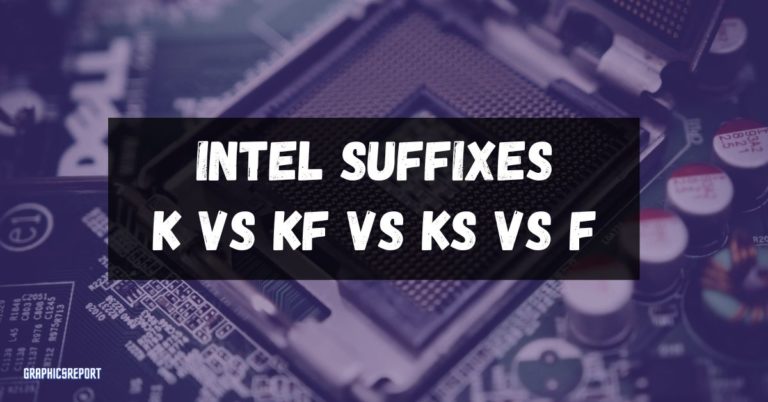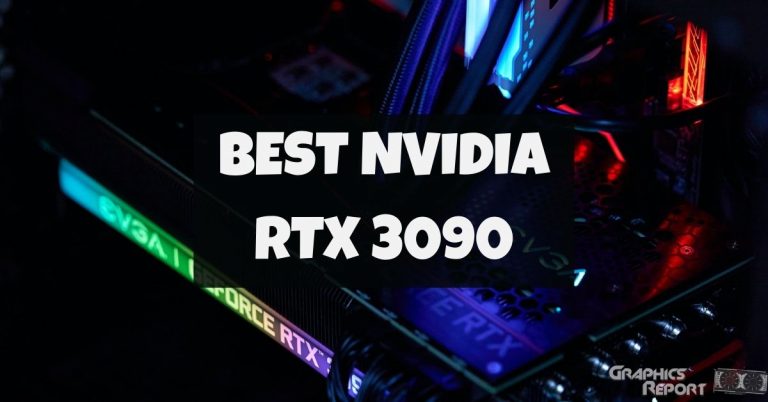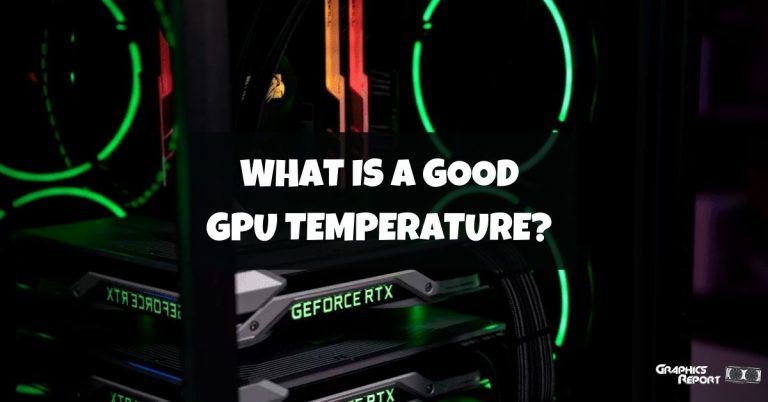
It has been over a decade since I got into PC gaming after a long hiatus, and I suddenly found myself confused about the various graphics card naming schemes. Nowadays, I understand the naming schemes of GPUs, but it was overwhelming back then.
The same might be the case for you if you are new to PC gaming because companies do not make it easy for us to decipher the naming schemes of their products and are generally at the mercy of reviewers to provide you with the metrics for the information you need.
This article, however, is not about the performance of any specific hardware. Still, the naming scheme of Nvidia GPUs where we have the “Ti” versions of many graphics cards starting from the 550 Ti, which continues till today as one of the fastest consumer cards, is called the 3090 Ti.
So, to answer, What does “Ti” stand for in a GPU, and if it affects the performance of your GPU, keep on reading this article as you might learn something new here.
What Does Ti Mean In A GPU?
In short, the “Ti” suffix stands for the symbol of “Titanium, ” an element in the periodic table. That’s about what it stands for; however, we need to dig a little deeper to understand what it means for a GPU.
If you look at the past lineups of Nvidia GPUs, especially since the 700 series, all the Ti cards were in between cards. We had the 750 with the original lineup; however, the 750 Ti was released as an in-between GPU with better performance. The 760 Ti and the 780 Ti from that lineup were in between GPUs, which had more power than the original.
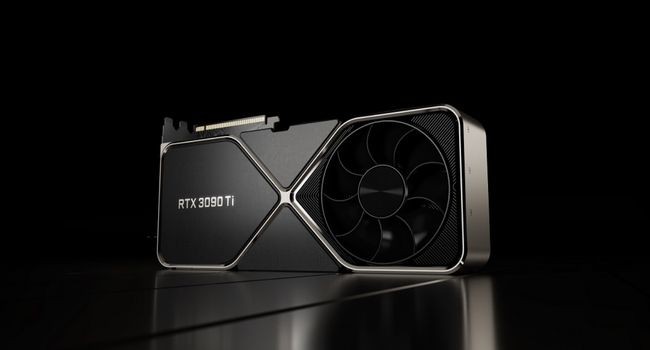
The latest use of the “Ti” in the Nvidia lineup was done with the 3090 Ti, as AMD was about to dethrone Nvidia from the top when it released the 3090 Ti to retain the title of being the company with the fastest GPUs in the world.
So, in short, the Ti’s are in between GPUs, which are released after the original lineup and offer better performance than the original GPU.
Does It Matter If Your GPU Is Labeled As Ti?
If you care about your GPU’s power and performance, then yes, the “Ti” label on the GPU does matter. A variant with “Ti” will always be faster than its base variant, with some exceptions.
But as a general rule of thumb, you can always expect them to have either more memory than the base versions, higher clock speeds, or both.
Some exceptions should be kept in mind. The RTX 3050 was recently released, which was a full-fat desktop GPU. It had more V-Ram, better clock speeds, and a higher TDP.
However, we also got the 3050 Ti, which was a Laptop GPU, and it had no desktop variants. This resulted in the 3050 being a better and faster card than the 3050Ti.
But do keep in mind that if Nvidia decides to release a 3050 Ti in a desktop variant, it will mop the floor with the 3050 performance and be faster.
What Are The Benefits Of Ti On GPUs?
Now, there are no such benefits as such that Ti cards have over non-Ti cards. For example, there is no benefit to owning a 3060 Ti over the 3080, which is a non-Ti card. No precious metals are stashed in TI cards any more than in non-Ti cards.
But there are certain advantages of owning a Ti card over the base variant. First off, Ti cards are in between generation cards. That means any upgrades Nvidia has made in the architecture of the cards are present in the Ti models.

Secondly, in some cases, Ti cards are more power efficient and have better thermals than their non-Ti variants. For example, the 780 Ti was almost identical to the 780, with better thermals and higher performance.
Next, you can expect more video memory on a Ti card than on the base version of the card. For example, the GTX 1080 was released with 8 GB video memory, while the GTX 1080 Ti was shipped with 11 GB video memory. You can also expect higher clock speeds on a Ti model of a card.
Ti vs Non-Ti, What Does Ti Mean For Gaming?
The Ti models of cards should mean a lot to you if you are a gamer. You have many benefits if you buy a Ti card over the base variant of the same card.
The only downside, which may be the biggest one for many, is the price of a Ti card, which will always be higher than the base variant of the card.
Especially nowadays, when the MSRP of a 3080 is $699 while the MSRP of a 3080 Ti is at a whopping $1199. In those cases, even I would recommend that the diminishing returns do not make dropping so much cash worth it on the Ti version of an already powerful card.
But, if you are a whale with money-burning holes in your bank account, there are many benefits to going for the Ti models of cards.
First, you get more video memory as the 3080 has 10 GB while the 3080 Ti has 12 GB. Sometimes, you might get the same amount of video memory but better clock speeds.
In short, any way you look at it, Ti models of cards are always going to give you better performance, which results in higher resolution gaming and better frame rates.
Ti vs Super: Which One Is Better?
With the 20 series cards’ release, Nvidia introduced a newer suffix called “Super,” which managed to confuse even more people as we now had three versions of the same card the GTX 1660, 1660 Super, and the 1660 Ti.
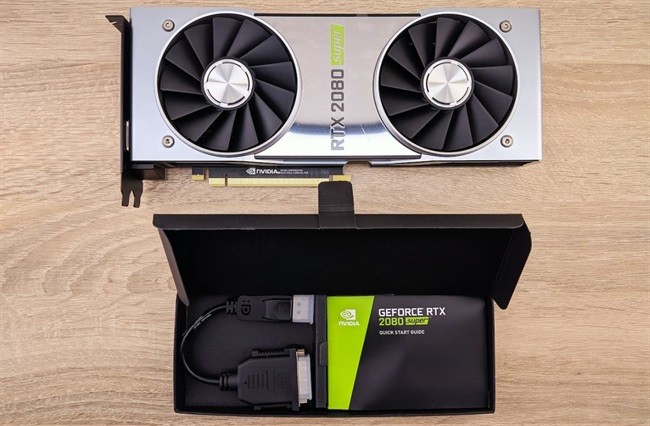
However, I will not confuse you with my rambling here and will get straight to the point. The Ti version is the best version of a given card.
The “Super” version is always reserved for being the second best. So in the case of 1660, the 1660Ti is faster than the 1660 Super, which is faster than the base 1660.
My Final Thoughts On It!
I think this should be enough of a read for you to understand what a Ti means in a GPU. It may be confusing at times; however, know that the Ti version of a graphics card is the best variant of a specific card available in the market.
The Super variant of the card can be called the mid-range version of the same cards. So if you see a 2070 super, you can expect a 2070Ti in between generations. But not anymore, as the 3000 series is well into its third year of release.

